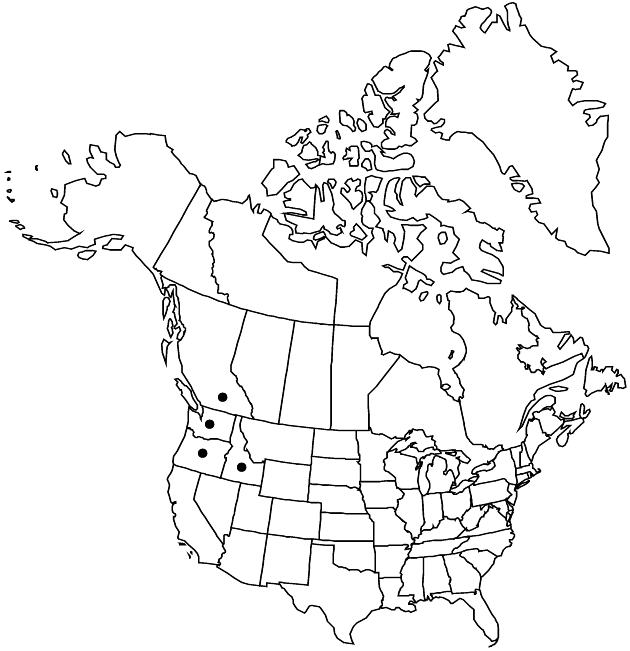Difference between revisions of "Dieteria canescens var. incana"
Sida 20: 1396. 2003.
Basionym: Diplopappus incanus Lindley Edwards’s Bot. Reg. 20: plate 1693. 1834
Synonyms: Dieteria incana (Lindley) Torrey & A. Gray Machaeranthera canescens var. incana (Lindley) A. Gray Machaeranthera incana (Lindley) Greene
Treatment appears in FNA Volume 20. Treatment on page 399.
FNA>Volume Importer |
FNA>Volume Importer |
||
| Line 7: | Line 7: | ||
|year=2003 | |year=2003 | ||
}} | }} | ||
| − | |basionyms={{Treatment/ID/ | + | |basionyms={{Treatment/ID/Basionym |
|name=Diplopappus incanus | |name=Diplopappus incanus | ||
|authority=Lindley | |authority=Lindley | ||
| + | |publication_title=Edwards’s Bot. Reg. | ||
| + | |publication_place=20: plate 1693. 1834 | ||
}} | }} | ||
|synonyms={{Treatment/ID/Synonym | |synonyms={{Treatment/ID/Synonym | ||
| Line 58: | Line 60: | ||
|publication year=2003 | |publication year=2003 | ||
|special status= | |special status= | ||
| − | |source xml=https://jpend@bitbucket.org/aafc-mbb/fna-data-curation.git/src/ | + | |source xml=https://jpend@bitbucket.org/aafc-mbb/fna-data-curation.git/src/f6b125a955440c0872999024f038d74684f65921/coarse_grained_fna_xml/V19-20-21/V20_911.xml |
|tribe=Asteraceae tribe Astereae | |tribe=Asteraceae tribe Astereae | ||
|genus=Dieteria | |genus=Dieteria | ||
Revision as of 18:45, 24 September 2019
Annuals, biennials, or short-lived perennials. Stems usually 1, stiffly erect, canescent, sometimes sparsely stipitate-glandular; branches widely divaricate, straight, stiff. Mid leaf blades linear-lanceolate to linear. Peduncles equaling or longer than involucres. Involucres broadly turbinate, 6–10(–12) mm. Phyllaries in 5–10 series, usually reflexed, apices usually canescent, stipitate-glandular. Ray florets pistillate, fertile. Cypselae sparsely to moderately appressed-hairy.
Phenology: Flowering Jun–Oct.
Habitat: Grasslands, sagebrush scrublands, usually in sandy or alluvial soils along streams
Elevation: 300–1500 m
Distribution

B.C., Idaho, Oreg., Wash.
Discussion
Selected References
None.
Lower Taxa
None.